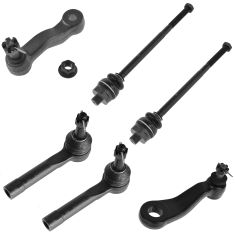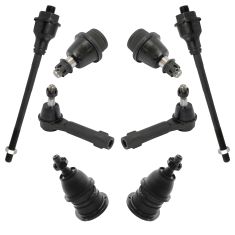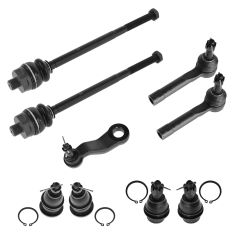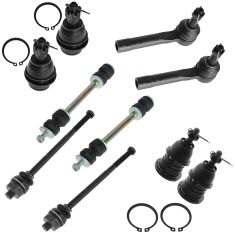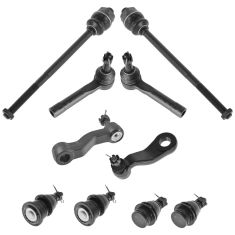1ASFK06220-Chevrolet GMC Cadillac Front Driver & Passenger Side Inner & Outer 4 Piece Tie Rod Set with Inner Tie Rod Tool TRQ PSA71329
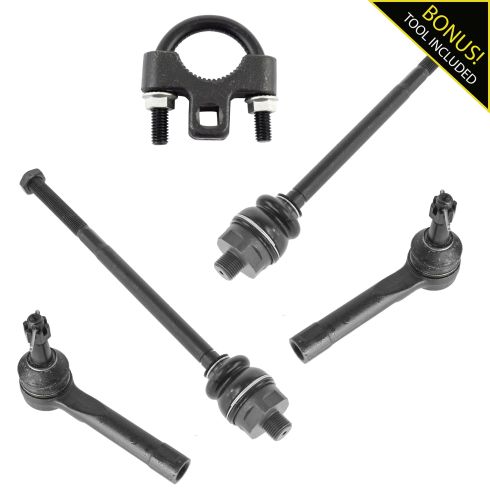
Replaces
2004 GMC Yukon XL 1500 Front Driver & Passenger Side Inner & Outer 4 Piece Tie Rod Set with Inner Tie Rod Tool TRQ PSA71329

Product Reviews
Loading reviews
4.80/ 5.0
5
5 reviews
Tie rods
February 17, 2019
The services was very good an I would recommend to family and friends. Thank you
Well built product.
December 2, 2021
Parts fit like a glove. 190000 mile on the original tie rods. Pretty sure these new tie rods will last just as long.
Parts are solid
[{"url": "https://wac.edgecastcdn.net/001A39/prod/media/pNISJll75W64CYGsite/aa10ea91870393ce202437a20e2fe38e_1649597114019_0.jpeg", "caption": "Tie Rod kit"}, {"url": "https://wac.edgecastcdn.net/001A39/prod/media/pNISJll75W64CYGsite/70b0cb404f8066736700a53f49e97b6c_1649597114019_1.jpeg", "caption": "2002 Cadillac Tie Rod replacement"}]
April 10, 2022
Easy to install with the video
Nice product
September 7, 2023
The parts are a nice fit. Having videos on the website help with install.
Good stuff
July 4, 2024
The parts went on easily and seemed to be of good quality.
Customer Q&A
In the video it mentions using a grease gun. At the bottom of the item description/specifications for this part, TRQ PSA71329, it says your steering and suspension components come pre greased and sealed. I just want to confirm before purchasing, will
April 12, 2024
10
These parts will come pregreased and sealed.
April 15, 2024
Andra M
GMC is a registered trademark of General Motors Company. 1A Auto is not affiliated with or sponsored by GMC or General Motors Company.
See all trademarks.











